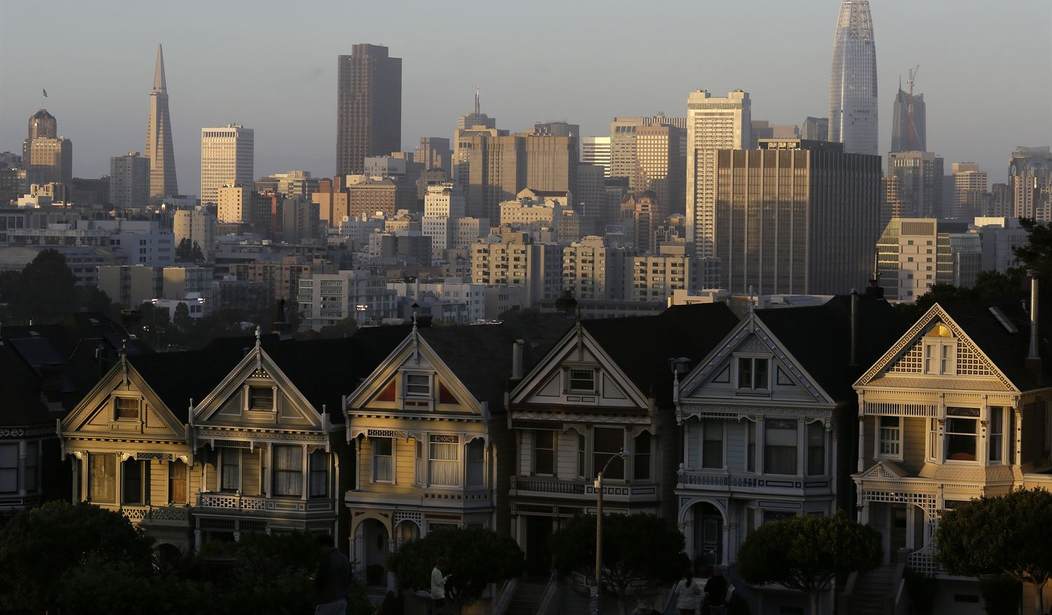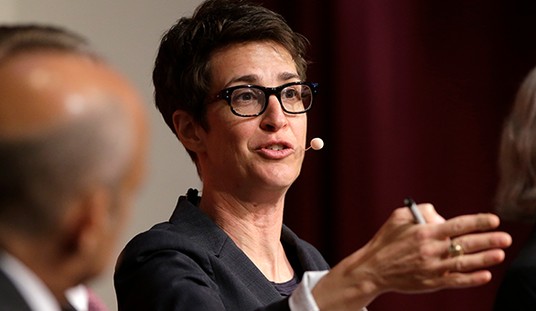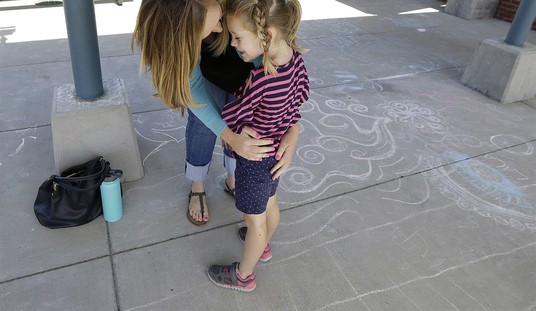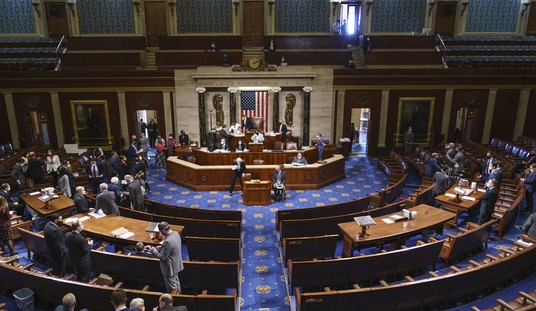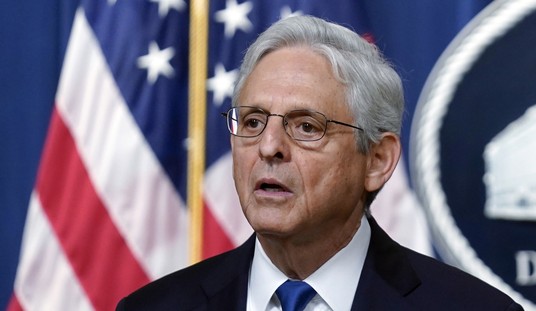When I lived in San Francisco a quarter-century ago, I always carried two open packs of cigarettes. One was my favorite brand to smoke myself (I’ve long since quit) and the other was whatever was on sale to hand out to the homeless.
It was just a fact of life that, unless you stayed out in the avenues with the One Percent, you were going to get panhandled on your way from most anywhere to most anywhere else.
I couldn’t get from my second-floor apartment to the liquor store without getting panhandled, and the entrance to my building was literally next door to the entrance to the liquor store.
Instead of handing out a buck or even just a quarter — which of course would be spent on booze or drugs — I learned to hand out smokes.
But you had to hand out something or get harassed. Since those were the choices, I found it was just easier to buy a couple packs of discount, off-brand cigarettes each week.
Related: San Francisco Seeing an ‘Epidemic’ of Shoplifting
Later, when I found out that the city was paying the homeless (in the form of cash, cheap hotel accommodations, health care, etc.) as much or more than I was getting paid to earn an honest living, it made me want to fly back from Colorado to demand my cigarette money back.
While it’s true that I lived in the Tenderloin, San Francisco’s second-worst neighborhood, that’s hardly where the problem ended.
Each workday I’d ride the Geary Line bus down to the Financial District, where they’d let me out almost right in front of Shaklee Terraces (now called One Front Street) where I worked.
Picture a 38-story skyscraper, all sleek glass and stainless steel, occupying a choice spot on some of the priciest real estate anywhere in the world.
If you’re thinking that kind of building in that kind of place is the epitome of First World living, you’re only half-right. Yes, the building and the location were grand, but every morning when you stepped off the bus you’d be virtually whacked in the face by the stench of human urine.
In the heart of the Financial District, I feel I must reiterate.
When I moved down to the city from Humboldt County, homeless-hugger Art Agnos had just been replaced as mayor by former police commissioner Frank Jordan, who had promised to restore order and make public spaces safe for the public again.
His efforts were opposed by pretty much every organized lefty group, including Amnesty International, and he served just one term. I left SF voluntarily a year before Jordan was voted out.
Willie Brown was voted in, and promptly undid Jordan’s efforts to clean up the city, which is exactly what he promised he’d do if elected.
Brown served two full terms, replaced in 2004 by now-California Governor Gavin Newsom. If you think how he’s governed California is any indication of how he performed as mayor, pat yourself on the back.
The influx of dotcom money in the late ’90s helped to paper over the city’s social and political pathologies, but then the bubble burst. Fortunately — at least in the short term — Big Tech dollars started pouring in from Bay Area employers like Apple, Google, Facebook, and angel investors looking for the next big score.
But pouring money into a city where new construction is basically forbidden has proven to be more of a blessing than a curse.
The lousy studio apartment I rented for $400 a month in 1994 commands almost six times that much today, far greater than the rate of inflation. While I split the rent with my girlfriend at the time, similar apartments have been converted into miniature dormitories stuffed with bunk beds. “Personal space” consists of little more than a bunk and a flip-out desk.
San Francisco has had three mayors since Newsom took off for Sacramento, each more progressive and less effective than the last.
The result? Not only are there more homeless than ever before, but they’re more aggressive than ever. They’re less civilized, too, if the city’s infamous “poop maps” and syringe-strewn sidewalks are any guide.
So when I see that a whopping 70% of San Franciscans believe that “the quality of life in the city has declined” in the last year, I’m here to remind them: For many — most? — residents, it was never that good to begin with.
The irony is in the breakdown of voters’ complaints:
Roughly 80% of those polled said addressing homelessness is a top priority. About 76% of those polled want more cops in high-crime neighborhoods, the report said.
Current mayor London Breed enjoys a record of questionable ethics, largess for the homeless, stopping construction of a new jail, and major cuts to the police budget smack-dab in the middle of last summer’s violent riots.
It would be too gentle to say that Breed’s concerns are not the same as her constituents’.
Breed isn’t up for reelection until 2023, so it’s far too soon to know who her challengers will be.
But one thing seems clear: Whoever is sworn into the mayor’s office in January 2024, the city’s many pathologies will prevent any meaningful changes, no matter what campaign pledges they might make.
If democracy, as H.L. Mencken warned, is the people getting what they voted for, good and hard, what’s the word for the voters getting it good and hard even if they vote for something else?



